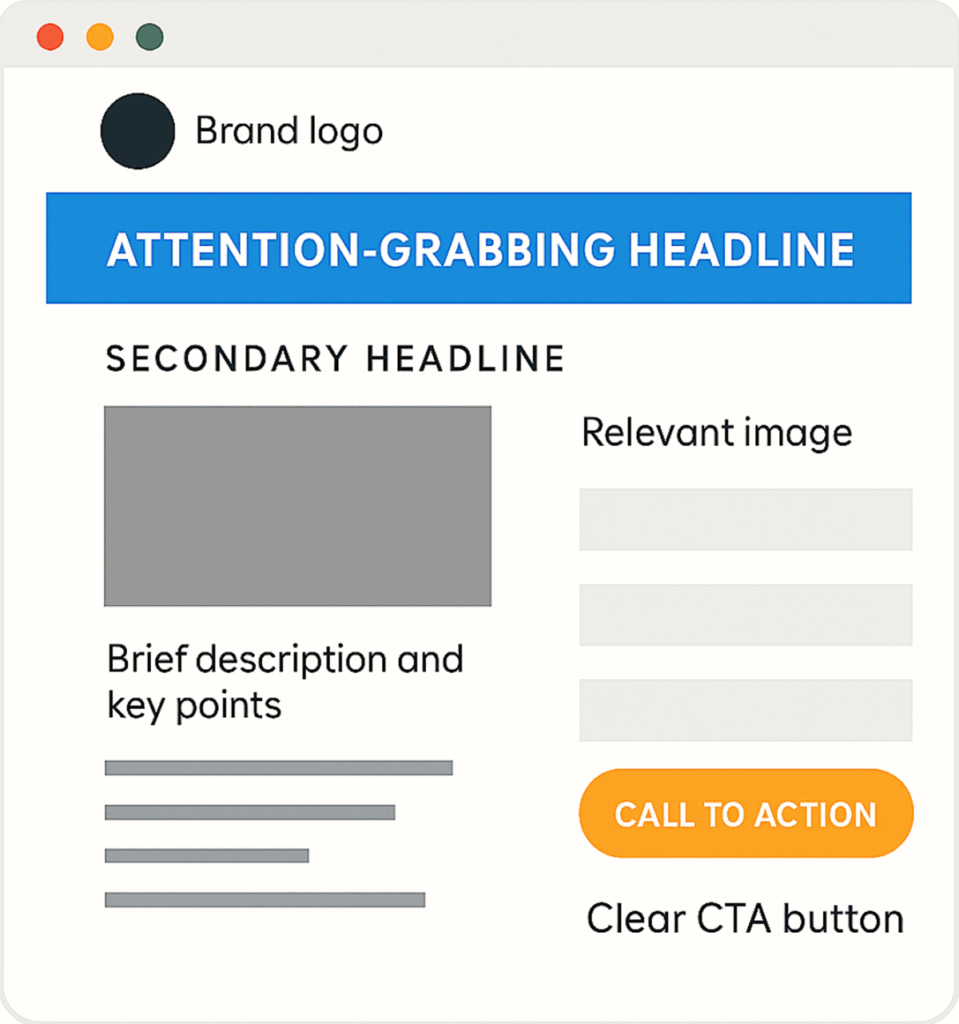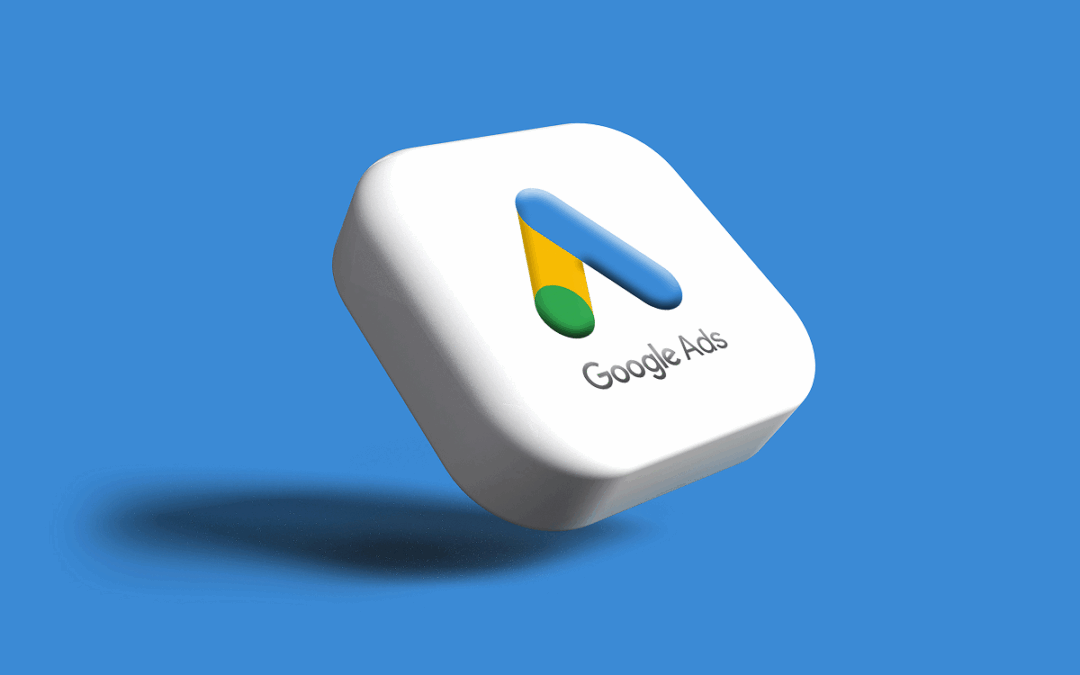Running a business is challenging, especially as an entrepreneur. As a start-up, you may need to wear all the hats and juggle everything from finance to logistics to marketing. We get it, it’s in no way a walk in the park.
And on top of all this comes the extra burden of hunting down leads! But what if we told you, there is an easier way to go about this? That’s right, you don’t need a full-fledged team to start generating leads online. In fact, we would even go so far as to say that even the best Google ads strategy can be executed in just a week. All it takes is a lean, focused Google Ads strategy and a little know-how.
Here’s a step-by-step guide to launch an effective Google Ads lead generation campaign in just 7 days, even if you’re doing it all by yourself.
Contents
Day 1–2: Do Your Research
Why Bother with Research?
Imagine launching a campaign and getting hundreds of clicks… from people who’ll never buy your products. That’s what happens when you skip research. Essentially, you are about to spend money to show ads, so you need to know:
- Who you’re targeting
- What they’re already searching for
- What problems do they want to solve
Where to Start:
- Reddit, Quora & Niche Forums:
These online platforms are goldmines for identifying customer pain points and genuine, real questions. It will give you insight into your audience and what they really want.
- Spy on Competitors:
Look at their landing pages. What are they promising? What keywords are they targeting? This is how you find out what your customers are used to and how to one-up the competition. A necessity to craft the best Google Ads strategy to stand out.
- Use Tools: Google Keyword Planner, SEMrush, Ahrefs, etc are some popular tools that are used to analyse SEO Health, keyword rankings, etc. You want to look for:
- Search volume (how many people are searching?)
- Top-of-page bid (what’s it going to cost?)
- Keyword Intent (is the person looking to buy now?)
Day 3: Keywords + Funnel Mapping
Now that you know what people are searching for, it’s time to map those searches to their intent. But first, it’s time for a little marketing lesson:
To truly target your customers, you need to understand the Funnel of TOFU, MOFU, BOFU
This is marketing speak for the stages a person goes through before making a purchase:
| Funnel Stage | What It Stands For | User’s Mindset | Example Search |
| TOFU | Top of Funnel | “I’m exploring” | “What is the best CRM for small businesses?” |
| MOFU | Middle of Funnel | “I’m comparing” | “HubSpot vs Zoho CRM” |
| BOFU | Bottom of Funnel | “I’m ready to buy.” | “Buy CRM software for a small business” |
You can customize your campaign to target a specific stage of the funnel, create different experiences based on the customers you wish to attract, as you wish. To generate leads quickly, we recommend focusing mostly on the MOFU and BOFU stages because those users are closer to taking action.

Next, we focus on keywords.
- Keyword Match Types:
Google lets you control how broad or specific your keywords are. These are called match types, and they help you show your ads only to relevant users. Choose your match types based on your goal and budget:
The 3 types of match types are-
| Match Type | Syntax (example) | Triggers Ads For | Best For | Pros | Cons |
| Exact Match | [best dentist in Pune] | Searches like “best dentist in Pune” or close variations | Precise targeting | Highly relevant traffic, better lead quality | Lower reach due to strict matching |
| Phrase Match | “best dentist” | “best dentist for root canal”, “best dentist near me” | Targeted yet flexible | Balanced reach and relevance | May still pull in semi-irrelevant long-tail queries |
| Broad Match | best dentist | “top dental clinics”, “oral surgeon reviews”, etc. | Maximum visibility | Wider reach, more impressions | Can match to loosely related terms |
To get leads fast, focus on high-intent, transactional keywords like: “Book tax consultation online”, “Affordable dental implants Bangalore”, “Get home loan quote instantly”, etc.
Pro Tips to Level Up:
- Use Negative Keywords: Filter out low-quality traffic. Offering premium services? Add “cheap”, “free”, and “DIY” to your negative list.
- Geo-Targeting: Only show ads where you actually serve. E.g., if you’re a CA in Delhi, exclude other cities.
Day 4: Build Conversion-Focused Landing Pages
Your ad may get the click, but your landing page, when aligned with the best Google Ads strategy, is what actually gets the lead.
What is a Landing Page?
It’s a standalone web page designed for one goal: getting the visitor to take action. This is your chance to create a good first impression for potential customers.
The Key Elements of a High-Converting Landing Page are:
- Headline that Matches the Ad → It keeps the message consistent
- Short, Clear Form → Make it brief and only ask what you need (Name, Email, Phone)
- Trust Builders: Testimonials, certifications, years of experience (certifications are especially important if you work in healthcare. Likewise, if you are a law firm/consultancy, make sure to display your licenses and compliances)
- Strong CTA Button: e.g., “Schedule Free Call”, “Book Your Spot”
- FAQ Section: Answers common doubts/queries your customers may have
- Clean Design: make sure there is no clutter and easy navigation
Here are some great tools to build Landing Pages (and even go beyond into full website development if needed):
- To Create: Carrd, Unbounce (great for beginners)
- To Design: Figma, Uizard, Canva
To Develop: Webflow (more advanced), Dorik

Day 5: Set Up Your Google Ads Campaign (Step by Step)
Now the action begins. You’ll run a Google Search campaign. It is ideal for service providers, consultants, coaches, and even product-based businesses with a strong digital marketing funnel. There are 3 levels to every campaign:
1. Campaign Level
When you first visit the Google Ads website, under the goals tab, select the option ‘generate leads’
Next comes the bidding strategy. Google Ads provides several strategies for bidding based on your objectives. For instance, you can bid to get more clicks to your website, more visibility for your brand, more conversions, etc.
To get started with your bidding strategy-
- Click the tools icon in your Google Ads account
- Click the budgets and bidding drop-down in the section menu
- Click bid strategies
We’d recommend Smart Bidding, as it can optimize bids based on the likelihood of conversion. Some smart bidding strategies are Target CPA, Target ROAS, Maximize conversions, and Maximize conversion value. Since our objective is to get leads, opt for ‘Maximize Conversions’. (To use Smart Bidding, you need to have conversion tracking enabled, but we’ll get to that later in the blog.)
2. Ad Group Level
The Ad Group level is where Google Ads strategy comes to life. This is where you match search intent via keywords.
If you do it right, you’ll not only get more leads, but better quality ones at a lower cost.
Think of an Ad Group as a container inside a campaign where you group ads and specific types of keywords that share a common theme. It is like a folder that holds:
- A set of ads (headlines + descriptions)
- A list of keywords (what people type into Google)
- A landing page URL (where you send the traffic)
Each Google Ads campaign structure can have multiple ad groups, and each ad group should be highly focused (customized keywords, ads, and landing pages) around a single idea, product, service, or intent.
3. Ad Copy
Google ads are short; headlines have a strict 30-character limit, while descriptions cap out at 90 characters. This means every word counts. As you have no room for fluff, you’ll need to watch your words. Be sure to
- Write at least 2 ad variations per group.
- Include a strong CTA: “Get Quote Today”, “Limited Slots Available”, “Schedule Now”
- Highlight your Unique Selling Points (USPs): Local expertise, years in service, industry certifications, etc.
Use Ad Extensions: Sitelinks, callouts, phone number, location pins.
(Why? Because they increase visibility and improve CTR by offering more paths to conversion.)
Day 6: Set Up Conversion Tracking
Conversion tracking in Google Ads is one of the most critical components of a successful ad strategy. It allows you to measure what actions users take after clicking on your ad, whether that’s filling out a form, booking a consultation, making a purchase, or even clicking a WhatsApp button. Without conversion tracking, you’re essentially flying blind, and even the best Google Ads strategy can fall flat without it.
How to Set It Up:
- Go to Google Ads > Tools & Settings > Conversions
- Click + New Conversion Action.
- Choose the type of conversions you want to track, like:
- Website (e.g., form submissions)
- Phone Calls
- App
- Set your tracking rules.
- e.g., Track visits to a “Thank You” page
Google Ads will then generate a conversion tag, which is a piece of code that needs to be added to your website. The easiest and most efficient way to do this is through Google Tag Manager, especially if you’re managing multiple tags across your site. You’ll also want to connect your Google Ads account to Google Analytics (GA4), which helps track deeper user behavior and provides more detailed event-based reporting.
Day 7: Monitor, Test, and Optimize
You’re all set. Hit publish! Your ads are now live. But wait… your work is not done yet. You now need to monitor:
- CTR (Click-Through Rate): Are people clicking on your ad?
Are clicks low? Try reworking your ad copy. Use new headlines or a better CTA.
- CPC (Cost Per Click): Are you paying too much?
If your CPC is too high, try adjusting keyword match types or expanding negative keywords.
- Conversion Rate: Are clicks turning into leads?
Low conversion rate? Maybe recheck your landing page.
Pro Strategies:
- A/B Testing: This involves running two versions of the same ad or landing page to see which works better. You can try different headlines, CTAs, or images. Let the ads run for a week, compare results, and keep the better one.
- Remarketing Campaigns: Remarketing Campaigns Target users who clicked but didn’t convert. Nudge them with discounts, reminders, or urgency.
Example: For a real estate site – “Still looking for a home in JP Nagar? Book your virtual tour now!”
Bonus: Tailor Your Strategy by Industry
Customizing your messaging and landing pages to your specific industry can dramatically improve performance.
- For Education Platforms:
During peak admission months from March to May, urgency is key. Highlight time-sensitive offers like “Admissions closing soon!” and reinforce trust by showcasing student testimonials, placement records, and standout course features.
- For Healthcare Clinics:
In the healthcare sector, trust is everything. Make sure your ads and landing pages prominently display certifications such as ISO or NABH. Emphasize specializations and quick access to care, for instance, a headline like “Consult Dermatologist Today – No Waiting!” can significantly boost click-through rates.
- For Real Estate:
Real estate firms should leverage visual and location-based content. Use high-quality property images, integrate virtual tours and Google Maps, and back it all up with credible builder credentials. Ads that create urgency, like “2BHK in Whitefield – Only 3 Units Left!” help nudge high-intent buyers toward action.
- For Financial Services:
When it comes to financial services, compliance and credibility matter most. Highlight licenses, SEBI registrations, and years of professional experience right in the ad or on the landing page. Since handling sensitive data is part of the job, clearly communicate how user data is protected and what privacy measures are in place. Trust signals, when done right, can turn curiosity into conversions.
Wrap Up: You’re 7 Days Away from More Leads
That’s all, folks! You don’t need a 6-month plan. You need a smart 7-day strategy. All you really require is:
- A strong offer
- A simple landing page
- Smart targeting
- Clear tracking
- And consistent optimisation
Start lean, stay focused, and remember: done is better than perfect. The first lead you bring in solo will be your biggest win.
Now we know that doing all of this by yourself, for the first time, might be a bit daunting. And it’s fair to assume that as a business owner, you probably have much better things to do with your time.
For this very reason, we recommend outsourcing some of the tasks that you may not be the most familiar with. We at Brandshark are here to take some things off your plate. With our years of expertise and experience in performance marketing, we help solo entrepreneurs and B2B and B2C companies create the best Google Ads strategy that fits their market without the overhead of hiring in-house.So, if at any point you are unsure of how to proceed further when it comes to your digital marketing campaign, do not hesitate to contact us. One simple call to us could save you weeks of trial and error.

